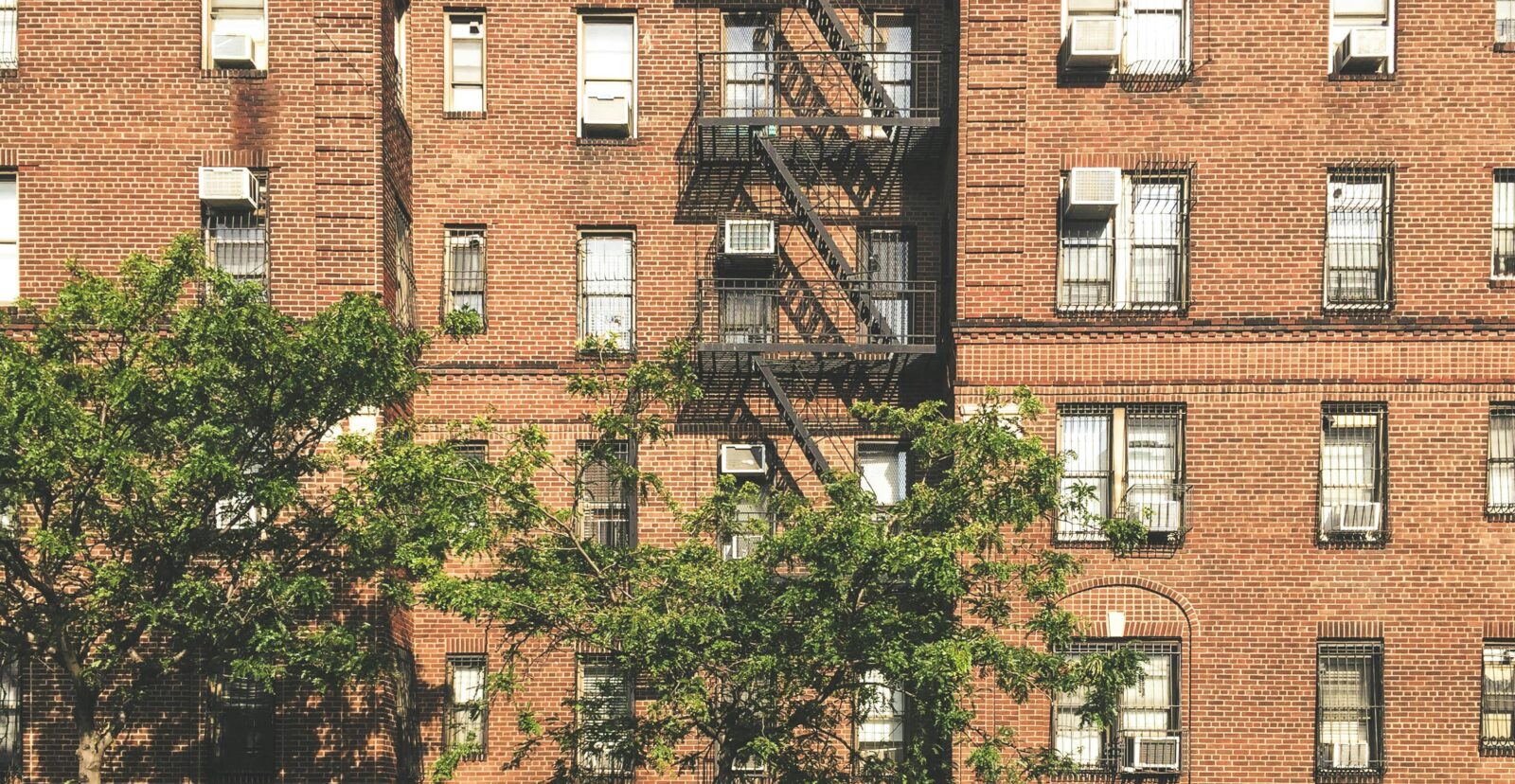Fire Escapes

Description
- Many older buildings across NYCHA contain steel and iron fire escapes, due to fire egress codes. Care should be taken to closely examine and study these existing fire escapes for structural defects and issues, as they are an essential life-safety issue. Fire-escapes are prone to rust and wear, particularly in their connections to masonry structures and façades.
- Fire escape work will generally consist of scraping and repainting along with any necessary structural repairs to individual elements. In some cases, when the fire escape shows sign of extensive degradation, the scope of work will encompass replacement of the entire fire escape.
Baseline
- Fire-escapes shall comply with the national, state, and local laws governing such structures:
- 1 RCNY §15-10
- Fire Escape Restoration and Replacement National Standard
- Rules of the New York City, Landmarks Preservation Commission, Title 63, Rules of the City of New York, §2-22 FIRE ESCAPES. Effective August 21, 2023.
- All fire escapes should be tested for lead paint before commencing any refinishing or repainting. If lead paint is found above the threshold of 0.5 ppm, then the paint should follow all NYC abatement guidelines for lead safe removal.
- A certified professional should conduct a visual walk-through examination of all connections in the fire escape system. This includes checking for rust, wear and tear, and other signs of damage that may impact the structural integrity of the fire escape. Beyond structural issues, the inspection should include the quality of the paint and whether it has been properly maintained. Once the inspection is complete, a Pass/Fail Certificate should be submitted to the authority having jurisdiction (AHJ).
Stretch
There is no stretch requirement for fire escapes for NYCHA buildings.
Strategies

Promote Safety and Security of Residents & Staff

Optimize Performance, Operation & Maintenance of Buildings, Systems & Assets
Last Updated on May 8, 2025 at 2:26 pm

















